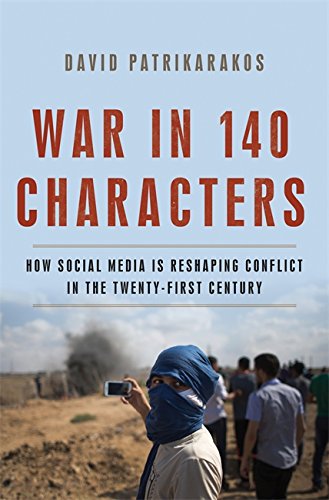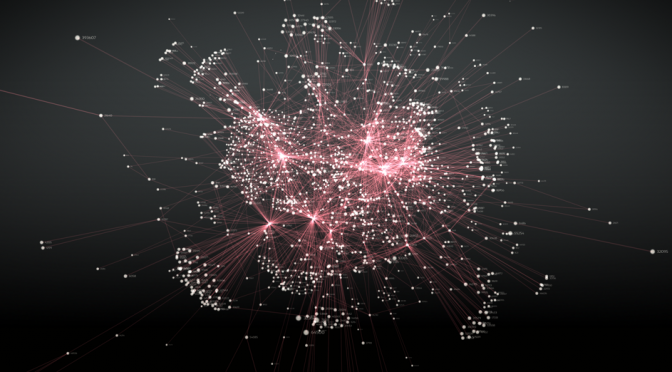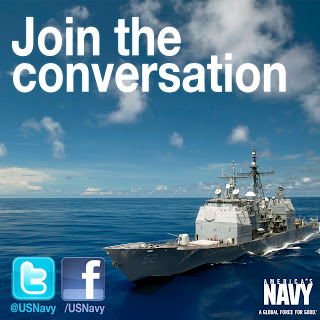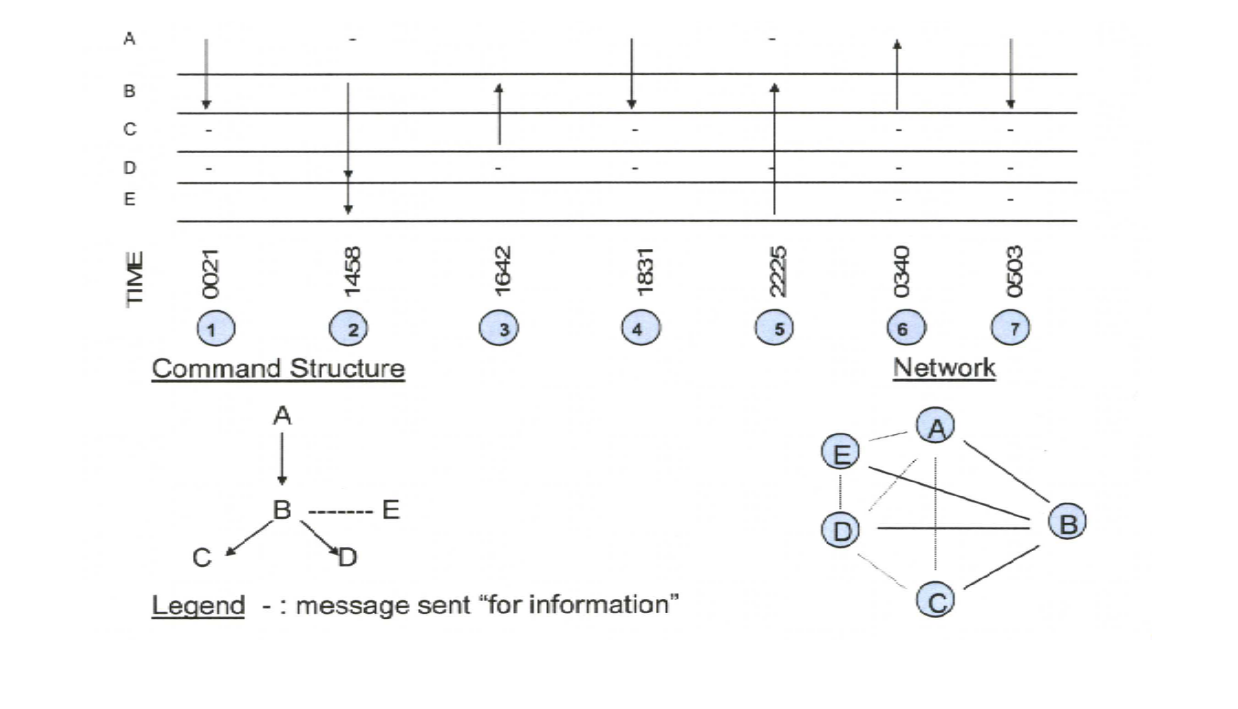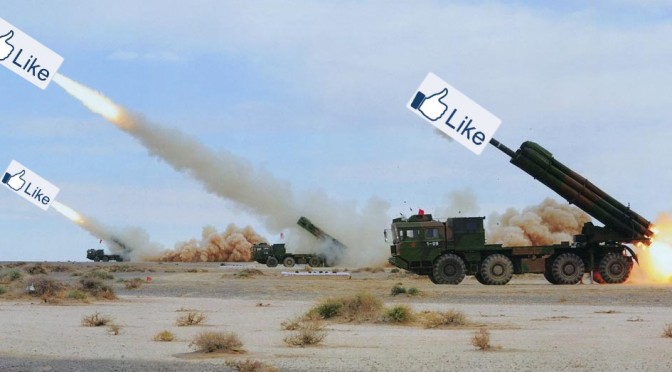David Patrikarakos, War in 140 Characters: How Social Media is Reshaping Conflict in the Twenty-First Century, Basic Books, 2017,$17.99/e-book
By LTJG Robert Solonick
What are the origins of social media? It is hard to say; all media is inherently social in that it shares and conveys information to others beyond what we as individuals can do face-to-face. By this definition, anything presented to a public audience, whether through print, images, TV, radio, electronically, or other means, meets this criterion. In that case, does it begin with Martin Luther’s literal post of the “95 Theses” to the door of a church in Germany in 1517? Or does social media begin in a more contemporary setting in the nascent years of the 21st century, where the medium is the internet in which we “post” information to share our lives with others?
In David Patrikarakos’ book, War in 140 Characters, the definition of social media falls within the content of the latter. My first interaction with social media came in the form of the website Myspace in 8th or 9th grade. I created a Myspace account for a singular reason – everyone else was doing it – and I got my first social media friend, Tom.
What Myspace may have sparked, Facebook perfected. Users can message friends, family, and strangers. They can post images and videos, and other people could tell you how great you were by “liking” your posts. Groups of community interests could form and interact in this virtual forum. In doing so, Mark Zuckerberg had done something unprecedented in that Facebook recreated the affirmation and rejection that face-to-face social interactions would otherwise provide, but in the cyber realm. Nothing provided greater ego inflation than dozens of likes on your post, and nothing hurt more than being “unfriended” by someone.
Since my time in high school, social media has grown, morphed, and evolved into dozens of different styles, platforms, and languages. Twitter, Instagram, QQ, WeChat, WhatsApp, Youtube; the list goes on and on. Unfortunately, as with all things in life, those with a determined motive can pull all sorts of means and materials to their cause. As a military officer, I am hyper-aware and keenly curious as to how this plays out in conflict.
What do you do when you cannot buy missiles? You fly planes into buildings. What do you do when you cannot get C4 explosives? You build bombs out of pressure cookers or fertilizer. What do you do when you cannot acquire firearms? You rent trucks and drive them down pedestrian walkways. The principle is simple: those who wish to engage in conflict or commit acts of violence will always find a way. Social media is no exception to this immutable law of human nature, and David Patrikarakos’ book shows how actors across the world are leveraging and weaponizing social media to their cause.
War in 140 Characters introduces a series of case studies exemplifying the various means by which social media influences the ideas and opinions of a public audience, rallies them to support or confront a cause, while also obfuscating the truth, undermining the credibility of existing institutions, and tipping the balance in a physical battlespace. Patrikarakos’ investigation takes readers into the heart of the fear and sadness of Farah Baker, a 16-year-old Palestinian girl residing in the Gaza Strip during the 2014 Israel-Palestine war. Farah’s tweets, retweeted thousands of times globally, brought to the attention of the global community the effects of the war on her and her family and radically altered public perceptions of who was the aggressor and the victim in the conflict. Farah, a young girl with no weapon nor political position, but rather a single social media persona coined as Homo digitalis, redirected the discourse surrounding the entire conflict and effectively cast Israel as the aggressor in the eyes of the global community. Israeli forces, seeing their loss of global legitimacy, were put on the defensive and had to master the art of the counter-narrative.
Patrikarakos introduces readers to Anna Sandalova, the “Facebook warrior” of Ukraine resisting Russian aggression. “It’s all about networks,” Anna states in an interview with the author. “Facebook is the main tool I use because there is an entire community on there who can find solutions.” Unlike Farah, Anna as Homo digitalis uses the social network to directly influence battlefield conditions. When government institutions become inept, hyper-connected private citizens assume the functions of the state, including waging war. Anna stands in the frigid air of the eastern European winter passing out uniforms sourced from supporters in the West after a plea for aid she posted on Facebook. “They really like the German uniforms. They’re really high quality,” Anna comments as soldiers line up for sizing. Anna posts images of soldiers with new supplies to her Facebook page, bringing faces to otherwise faceless fighters. Moreover, Anna’s posts ensure the benefactors see the results of their donations, ensuring the donations will continue.
War in 140 Characters shines a spotlight on several other Homo digitali whose influence in conflict is something any information warrior must understand. Another is Vitaly Bespalov, an internet troll in Russia’s state-sponsored troll farms whose sole responsibility is to delegitimize the narratives of media outlets and institutions that do not support the official Russian line. Vitaly doctors images, fabricates hoaxes, falsifies facts, and misrepresents truths to create “a post-truth world.” Eliot Higgins, a British uber-gamer turned online investigator, pieced together images posted to social media websites to trace the path of the Russian Buk surface-to-air missile system from the 53rd Brigade of the Moscow Military District based in Kursk, across the Ukrainian border, to the field just outside of the village of Chervonyi Zhovten, where it shot down Malaysian Airlines Flight MH17 in 2014. From the comfort of his home in the U.K., Eliot unequivocally proved Russian culpability.
War in 140 Characters was thoroughly enjoyable. Written for a general audience, David Patrikarakos’ writing style is clear, articulate, and replete with vivid detail. His choice in case studies provides breadth and depth to social media’s use in conflict and will capture the reader’s attention through every page. For an information warrior, the work will provide clear ideas for the murky battlefield of social media.
For a non-warrior, it will shock you. When you finish reading, you will want to delete your Facebook, turn off your cable news, unfollow everyone on Twitter, and insist your friends and family do the same. You will realize how pervasive social media is in your life. But on the other hand, perhaps you will be inspired, and endeavor to bring your cause to social media to turn the tides in favor of your struggle. Either way, no one will ever escape social media’s influences, and for Soldiers, Sailors, Airmen, Marines, public figures or private citizens, social media is going to be one of the most powerful weapons in any arsenal, and also any adversary’s.
In modern conflict, victory will not go to whose military causes more casualties on the battlefield, but whose story garners more support. Who comes out on top will be heavily influenced on how effectively one aims the social media barrel. And that is on you.
LTJG Robert Solonick is a naval intelligence officer stationed at the Office of Naval Intelligence, Washington, D.C., where he serves as a collections strategist and operations officer. LTJG Solonick has a Master’s Degree in Public Administration from the Maxwell School of Citizenship and Public Affairs at Syracuse University with a concentration in U.S. national security policy and an advanced graduate certificate in post-conflict reconstruction. He and his wife, Mariah Lopez, a ballet instructor, reside in Virginia with their German Sheppard, Cairo. These views are presented in a personal capacity.
Featured Image: “Social Media Marketing Strategy” via Wikimedia Commons.


